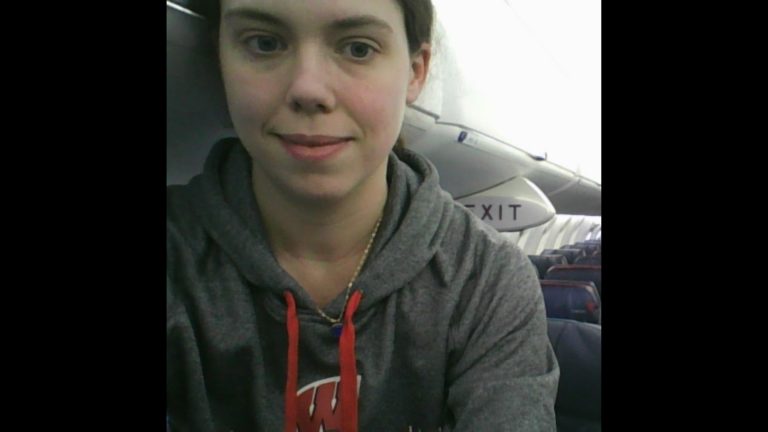
Day 1 Jackie Flies to Nyc
Did you know airplanes creak during flight? I would never have noticed before, but it was hard not to with no background noise of 150 other people on the plane. My flight from Madison to LaGuardia had two passengers (including me); it was likely the closest I’ll ever come to flying in a private jet. The airport was proportionately empty, with more staff than travelers. The NYC roads were similarly silent, like we had entered the city in an alternate dimension. The cab driver told me I was his first customer all day. When I got to the hotel, I decided to walk around the neighborhood to find a grocery. Most of the markets were closed, but I did find one that sold what I needed to make reasonably healthy food in the hotel microwave. I walked about half a mile each way and counted 16 people out on the street, almost all of whom were walking dogs and wearing masks. I got the strong impression they would not have been out but for their dogs.

I walked to work this morning and was pleasantly surprised at some of the gardens kept despite the small yard space. There were numerous trees in bloom, including a couple of magnificent magnolias, and several small gardens with daffodils and hydrangeas. Several of the yards had enormous climbing rose bushes, though they weren’t in bloom; it reminded me of some of the “bad parts of town” in Milwaukee with yards full of roses.
I arrived at the hospital and reported to the emergency department. I learned that I’ll be the first nurse practitioner ever to work in the department, and that I will be in the current busiest hospital in the city. Presently they are at “surge capacity,” which means it’s all but standing room only. The normal capacity of the department is 60-70 beds, and there are currently about twice as many patients as beds, despite efforts to discharge and divert patients. Most of the patients are seated in a chair or, if they’re unlucky enough to need one, a cot in the hallway. The rooms are reserved for the least fortunate people: patients who need respiratory support, heart monitors, or invasive procedures. Patients are all assumed to be COVID-19 positive. If they didn’t come to the ED with it, chances are good they’ll leave with it.
My goal today was to get the lay of the land. I’m a traveler and am used to adapting to new facilities, but there’s always a learning curve, no matter how many places you’ve worked at previously. I only saw a few patients today but got to struggle through figuring out the hospital admission process, figuring out who to ask to get testing done (and where to get the equipment to do it myself), and working through the discharge process. “Admission” is a very loose term when you don’t have any hospital beds to admit someone to. The medicine is significantly different now, too. What would have been the “million dollar workup” requiring many resources is now a simple workup if the patient can reasonably self-manage at home. Tonight’s night shift had truly horrific nurse-to-patient ratios, with fewer than 12 nurses for the entire emergency department, so odds are good I’ll be fulfilling plenty of my own orders. (Normally, an ED nurse takes 3 to5 patients at one time, depending on how much each one needs.)
Tomorrow I flip to night shift and head to the tent ED, the hospital’s temporary solution to admit and treat even more patients.
Share this post
Nurses International is a non-profit entirely focused on helping nurses obtain the education and the support they need to make a difference in developing nations worldwide.
We connect colleges and institutions with experts who can take their nursing programs to the next level. We help establish new nursing programs where they’re needed most. And we eliminate the barriers that stand between students and education.
QUICK LINKS
CONTACT US
FOLLOW US
EIN: 46-4502500